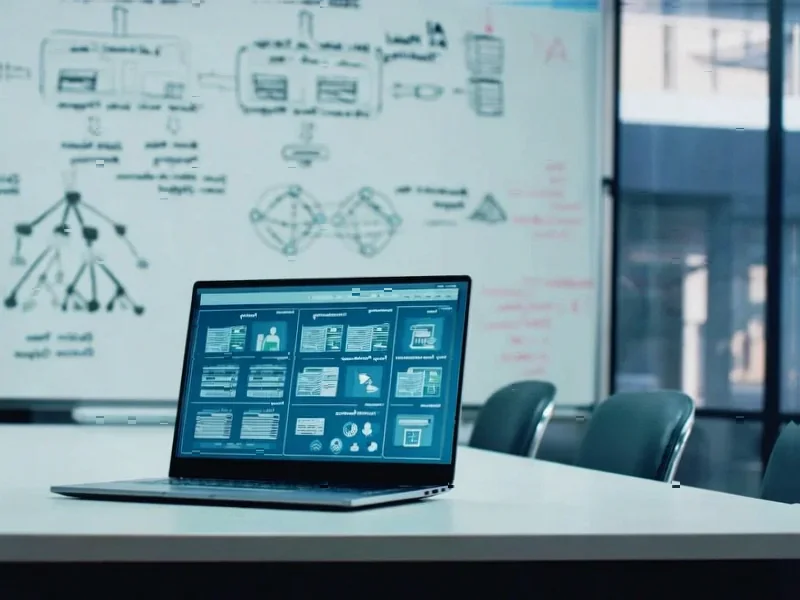According to Inc, Jeff Bezos has maintained a morning “puttering” routine since at least 2018, focusing on slow, offline activities like reading newspapers, having coffee, and breakfast with his children. His wife Lauren Sanchez confirms he continues this practice today, with Bezos explaining that these relaxed mornings help clear and center his mind for high-quality daily decisions. Research cited in the article shows that six minutes of mindful dishwashing reduced nervousness by 27% and increased inspiration by 25%, while psychology experts describe puttering as a “deeply therapeutic” form of mindfulness that creates mental space for fresh ideas. Bezos reportedly still washed dishes himself as late as 2014, demonstrating his commitment to these small, satisfying tasks despite his billionaire status.
The Neuroscience Behind Puttering’s Effectiveness
What makes puttering so neurologically valuable is how it engages the brain’s default mode network (DMN). When we’re focused on demanding tasks, our executive network dominates, but during undemanding activities like puttering, the DMN activates, facilitating creative connections and insight generation. This explains why research from Princeton shows that visually cluttered environments increase brain activity and reduce focus—puttering often involves organizing spaces, which reduces cognitive load. The DMN activation during these low-stakes activities allows subconscious processing of complex problems, which is why many people report breakthrough ideas emerging during mundane tasks.
Combating Executive Decision Fatigue
For leaders like Bezos facing hundreds of daily decisions, puttering serves as a crucial buffer against decision fatigue. The small, satisfying completions in puttering—organizing a drawer, washing dishes—provide micro-doses of accomplishment without draining cognitive resources. BBC research indicates this increases “perceived control,” reducing physiological stress markers. For executives constantly making high-stakes decisions, these small wins create psychological momentum, making subsequent challenging decisions feel more manageable. This explains why successful leaders often maintain seemingly trivial personal routines—they’re not indulgences but strategic mental maintenance.
The Modern Productivity Paradox
We’re experiencing a cultural paradox where technology enables constant productivity yet diminishes actual effectiveness. The constant mental churn of checking notifications and responding to messages prevents the incubation period ideas need to develop fully. Harvard Business Review research demonstrates that organized environments improve focus and efficiency, but the deeper benefit comes from the process of organizing itself. Puttering represents a rejection of the “always on” mentality that plagues modern professionals, creating necessary mental white space that structured productivity tools can’t provide.
Practical Implementation Across Professional Roles
The application of puttering principles varies significantly by professional context. For creative professionals, puttering might involve physical tasks that engage different brain regions, allowing creative blocks to resolve subconsciously. For analytical workers, mindfulness research shows that present-moment focus during simple tasks can improve subsequent analytical performance. Managers might use puttering breaks between meetings to reset their mental state, preventing carryover frustration or fatigue. The key is recognizing that different thinking styles benefit from different types of puttering activities—what works for Bezos might need adaptation for your specific cognitive demands.
Organizational Culture Implications
If puttering delivers such cognitive benefits, organizations should reconsider how they structure workdays and evaluate productivity. The traditional emphasis on visible busyness often discourages the mental space necessary for breakthrough thinking. Companies that normalize brief puttering breaks—whether through designated quiet spaces, walking paths, or even encouraging dishwashing breaks—might discover improved decision quality and innovation. As Psychology Today notes, puttering represents “a gesture of respect from our brains to our physical selves”—a respect that hyper-productive workplace cultures often neglect to their detriment.
Beyond Personal Productivity to Sustainable Performance
The deeper lesson from Bezos’ puttering habit extends beyond time management to sustainable high performance. In a world obsessed with optimization and efficiency, we’ve overlooked the neurological necessity of mental reset. As Medium contributor Sophie Lucido Johnson describes, puttering involves “scratching itches” in our personal space—both literal and metaphorical. The small agency we exercise during puttering builds our capacity for larger acts of control, making it particularly valuable in uncertain times. Rather than viewing puttering as unproductive time, we should recognize it as essential cognitive maintenance that enables the clarity and creativity demanded by complex challenges.




